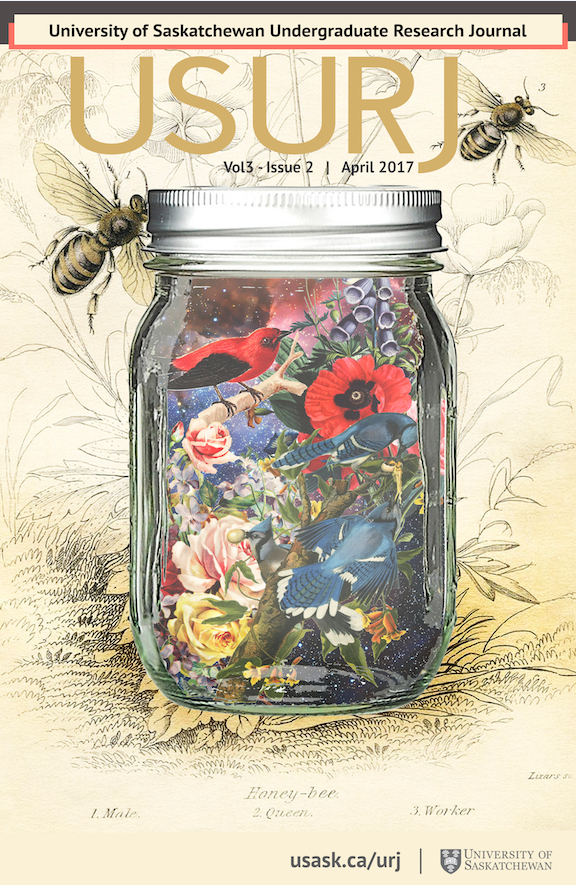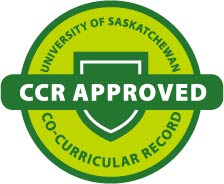Examining Patterns of Food Exchange and Dependency at Moose Fort, 1783-1785
DOI:
https://doi.org/10.32396/usurj.v3i2.200Keywords:
fur trade, history, 18th century, North America, native-newcomer relations, IndigenousAbstract
Many historians studying the fur trade have argued or assumed that Indigenous peoples swiftly became dependent on the fur trading posts in North America for their survival. In order to gain insight into native-newcomer relations but also particuarly to address the question of dependency, this paper examines patterns of food exchange between Hudson’s Bay Company men employed at Moose Fort and the James Bay Cree homeguard that lived near the Fort from October 1783 to September 1785. It finds that the flow of foodstuffs from Indigenous peoples to Moose Fort greatly outweighed the flow of food from the Fort to Iindigenous peoples. Furthermore, this paper will argue that the traders of Moose Fort were consistently reliant upon these provisions supplied by Indigenous hunters, trappers and fishers, as periods when most Indigenous providers were absent from the area resulted in conditions of food crises at the Fort. Thus, the relations of food exchange at Moose Fort provided mutual benefits to both parties, but it was ultimately the Fort itself that was much more dependent upon this relationship. Overall, this evidence calls for more nuanced and less one-sided theoretical models of dependency in the history of the fur trade.Downloads
Published
Issue
Section
License
Articles: USURJ’s current Publication Agreements apply a Creative Commons Attribution-NonCommercial License (CC-BY-NC) by default. The CC BY-NC license lets others remix, tweak, and build upon work non-commercially. The author(s) can choose a different CC license, as outlined in https://creativecommons.org/about/cclicenses/. Please see the PDF for each article to determine what license is applied to that article. Author(s) can also request to reserve all copyright (All Rights Reserved). If there is no indication for articles published before September 2020, assume the author retains all rights beyond those necessary for publication by USURJ. All articles published after September 2020 will apply one of the aforementioned CC licenses. See the Publication Agreement under the Submission Preparation Checklist or Author Guidelines for more information. Artwork: All copyright for the original artwork remains with the artist unless they wish to apply a Creative Commons (CC) license to the artwork. Please see the PDF for each artwork to determine what license is applied to that artwork.







